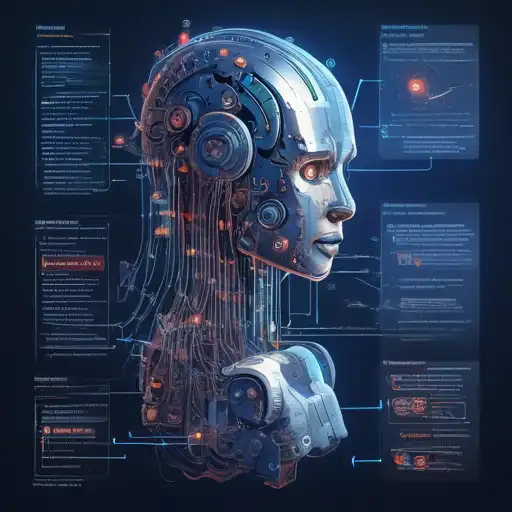Introduction to Machine Learning Algorithms
Machine learning algorithms are the backbone of artificial intelligence, enabling computers to learn from and make decisions based on data. For beginners, understanding these algorithms can seem daunting, but with the right approach, it's entirely achievable. This guide will walk you through the basics of machine learning algorithms, their types, and how they're applied in real-world scenarios.
Types of Machine Learning Algorithms
There are several types of machine learning algorithms, each suited for different kinds of tasks. Here's a brief overview:
- Supervised Learning: Algorithms learn from labeled training data, making predictions based on that data.
- Unsupervised Learning: Algorithms identify patterns in data without any labels.
- Reinforcement Learning: Algorithms learn by interacting with an environment, receiving rewards or penalties for actions.
Popular Machine Learning Algorithms Explained
Let's delve into some of the most popular machine learning algorithms that beginners should know:
- Linear Regression: A supervised learning algorithm used for predicting numerical values.
- Decision Trees: Useful for both classification and regression tasks, this algorithm makes decisions based on certain conditions.
- K-Means Clustering: An unsupervised learning algorithm that groups data into clusters based on similarity.
- Neural Networks: Inspired by the human brain, these algorithms are capable of learning complex patterns.
How to Choose the Right Algorithm
Selecting the right machine learning algorithm depends on several factors, including the nature of your data, the problem you're trying to solve, and the computational resources available. Here are some tips:
- Start with simpler algorithms to establish a baseline.
- Consider the size and quality of your dataset.
- Think about the interpretability of the model.
Applications of Machine Learning Algorithms
Machine learning algorithms are used in a wide range of applications, from natural language processing to autonomous vehicles. Here are a few examples:
- Predicting customer churn for businesses.
- Detecting fraudulent transactions in banking.
- Personalizing recommendations on streaming platforms.
Getting Started with Machine Learning
For those interested in diving deeper into machine learning, there are plenty of resources available. Online courses, tutorials, and communities can provide valuable insights and support. Remember, the key to mastering machine learning algorithms is practice and persistence.
Machine learning is a rapidly evolving field, and staying updated with the latest trends and technologies is crucial. Whether you're a beginner or looking to expand your knowledge, understanding the fundamentals of machine learning algorithms is the first step towards unlocking the potential of AI.
